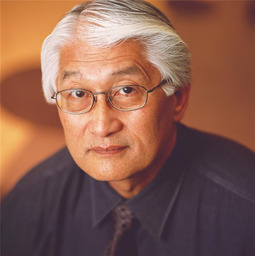This “Giant Sucking Sound” is Good for the Planet


While the transition to non-fossil fuels has been increasing in recent years, the goal of achieving carbon neutrality by 2050 will not happen without the ability to capture and sequester large amounts of carbon that is still being emitted by heavy industries, airplanes and shipping – areas where it is harder to convert to electrical power.
All the carbon spewing from heavy industry only adds to all the carbon that has been building up over the years. The International Energy Agency (IEA) estimates that given the current course of reducing carbon emissions, we need to capture an additional 1.2 Gt CO2 per year to meet the organization’s Net Zero Emissions by 2050 (NZE) Scenario.
Capture where? Mainly in large facilities dedicated to carbon capture, utilization and storage (CCUS). It’s estimated carbon capture facilities in operation by 2030 would capture around 125 Mt CO2 per year – only about one-third of what is required.
As a result of this report, and others by the Intergovernmental Panel on Climate Change, the U.S. Department of Energy (DOE) recently awarded a $1.2 billion grant to install two giant carbon-sucking systems, known as Direct Air Capture (DAC) technology in Louisiana and Texas. This is the first phase of a $3.5 billion funding program to develop DAC hubs. Together these two hubs will remove over 2 million tons of CO2 from the atmosphere each year.
DAC is a promising technology that can suck carbon out of the air through a chemical process and either sequester the carbon in underground storage or use it as feed stock for other products like concrete, steel, chemicals, etc. While the CO2 is diluted in the atmosphere compared to capturing it at the source, like a factory, it can be located at a sequestering site to avoid the costly transport costs.
DAC is more efficient than other methods of carbon capture like forests, grasslands, and agriculture which use photosynthesis to capture carbon or sequester carbon in the ground through the root systems of plants. While these methods may seem more natural, it takes thousands of acres to capture a ton of carbon compared to a DAC operating in a plant site.
The U.S. government is not alone in pursuing DAC technology. Occidental Petroleum announced this month that it was spending $1.1 billion to acquire Carbon Engineering with whom they have been for several years on DAC deployment. In addition to playing a part in the company’s net zero plans, it believes DAC technology partnerships will add new revenue streams from technology licensing and royalties. The acquisition could accelerate DAC technology on a global scale.
How effective is DAC as a carbon capture solution? According to the Environment+Energy Leader there are 18 DAC facilities currently in operation and only .01 tons of carbon are captured each year. The DOE’s investment using DAC Hubs is expected to remove 2 million tons per year. Occidental petroleum’s DAC facility is expected to be operational by 2025 and is projected to remove around 500,000 tons of carbon per year. They expect to build more than 100 of these facilities.
DAC facilities require a lot of energy to drive the fans that intake the air, the processes to separate the carbon, and compressors and pumps to compress the carbon so that it can be transported or sequestered underground. For its part, Hitachi provides technology to minimize the energy required to do these functions.
There are many critics to the whole process of carbon capture and sequestration, and especially carbon credits. Some argue that wiser investments would be on reducing carbon emissions at the source. I believe that carbon capture and sequestration is a necessary interim tool until we can transition more of our energy needs to green electric, hydrogen, nuclear, and other forms of non-fossil fuels. The goal is to be carbon neutral and I expect that the focus on the carbon capture and sequestration side of the equation will accelerate as we approach 2030.

Hu Yoshida spent 24 years at Hitachi Vantara helping define technical direction and enabling customers to address their digital transformation needs. He is widely known in the industry and was instrumental in evangelizing Hitachi's unique approach to storage virtualization.